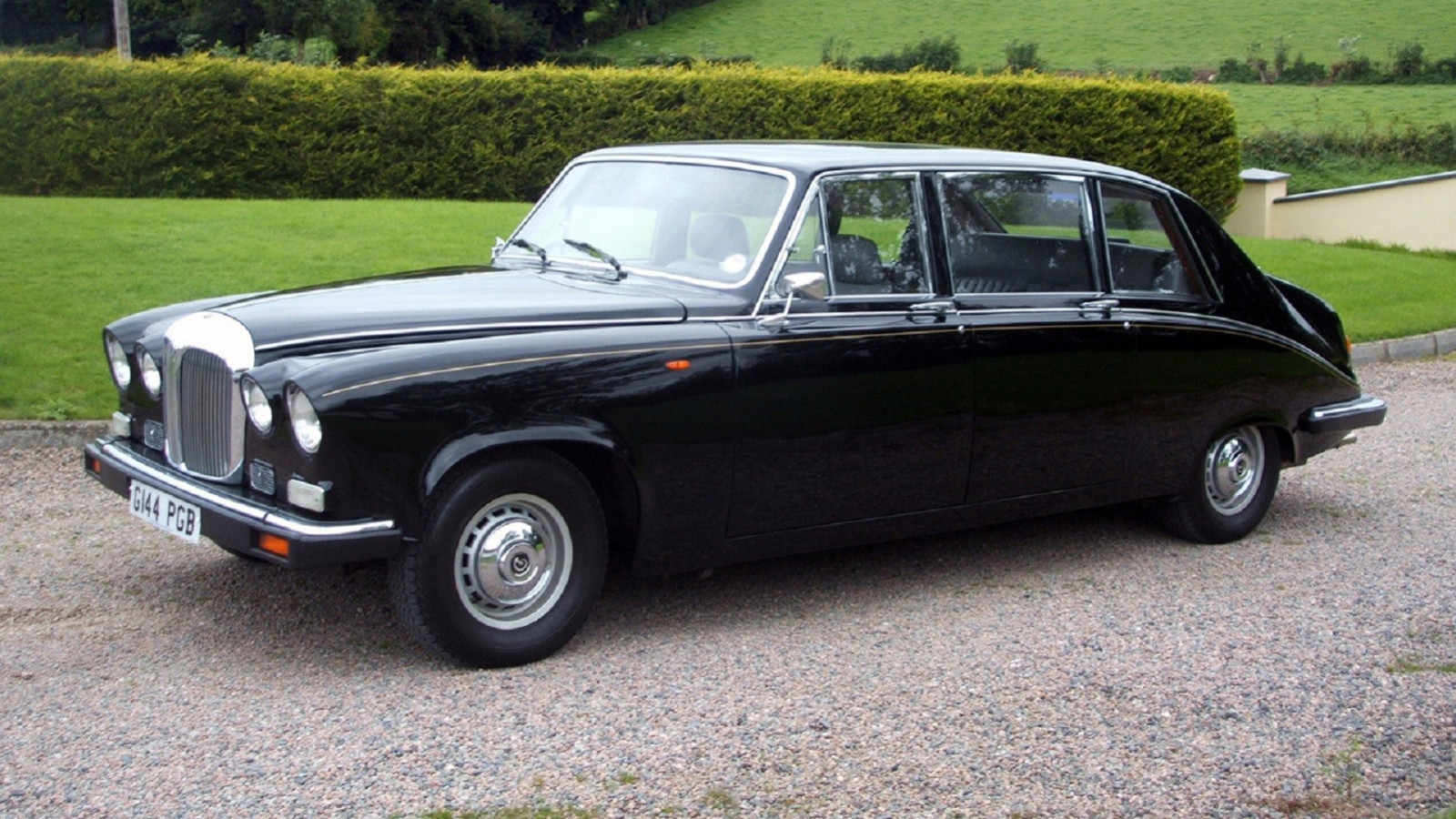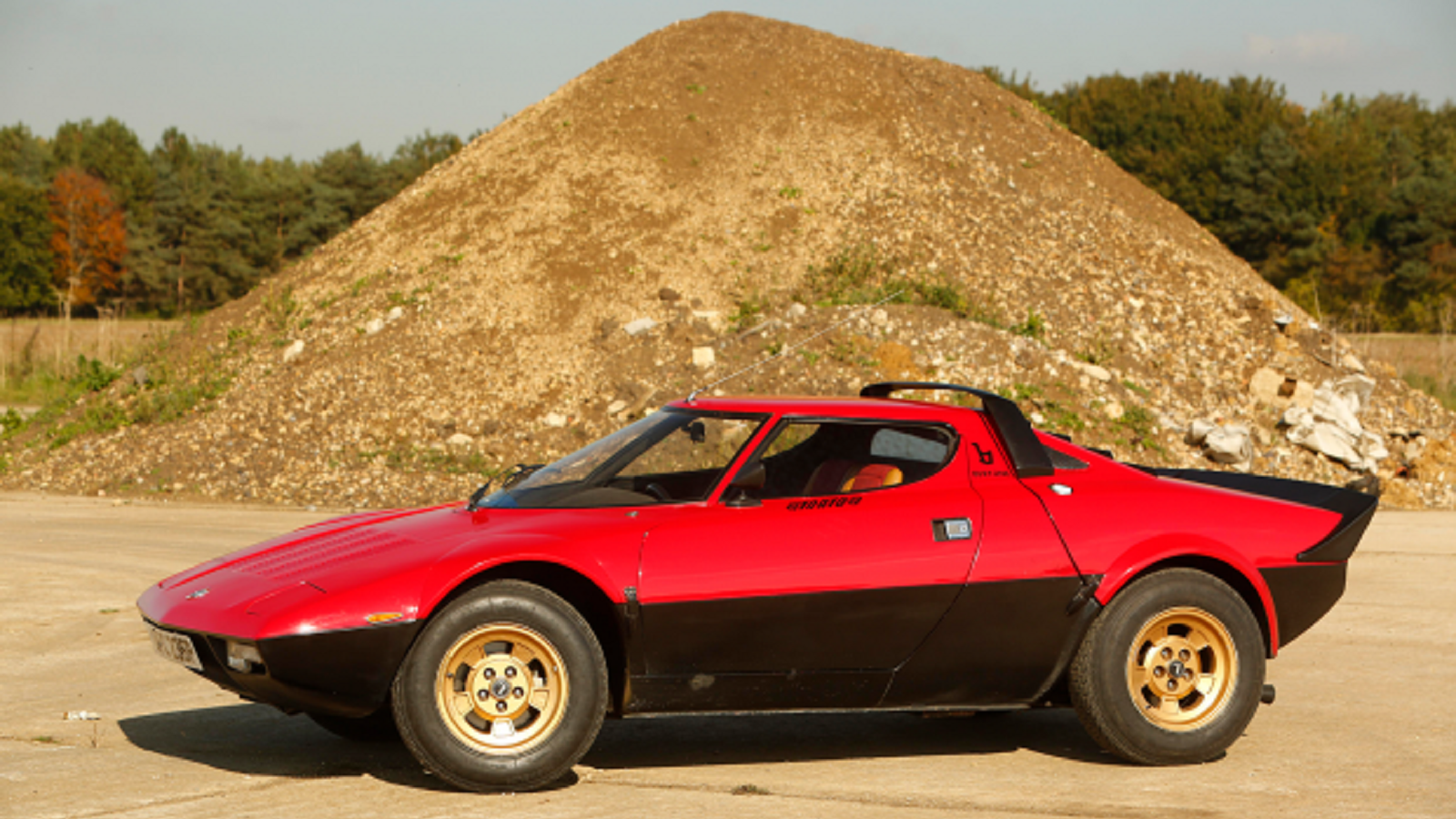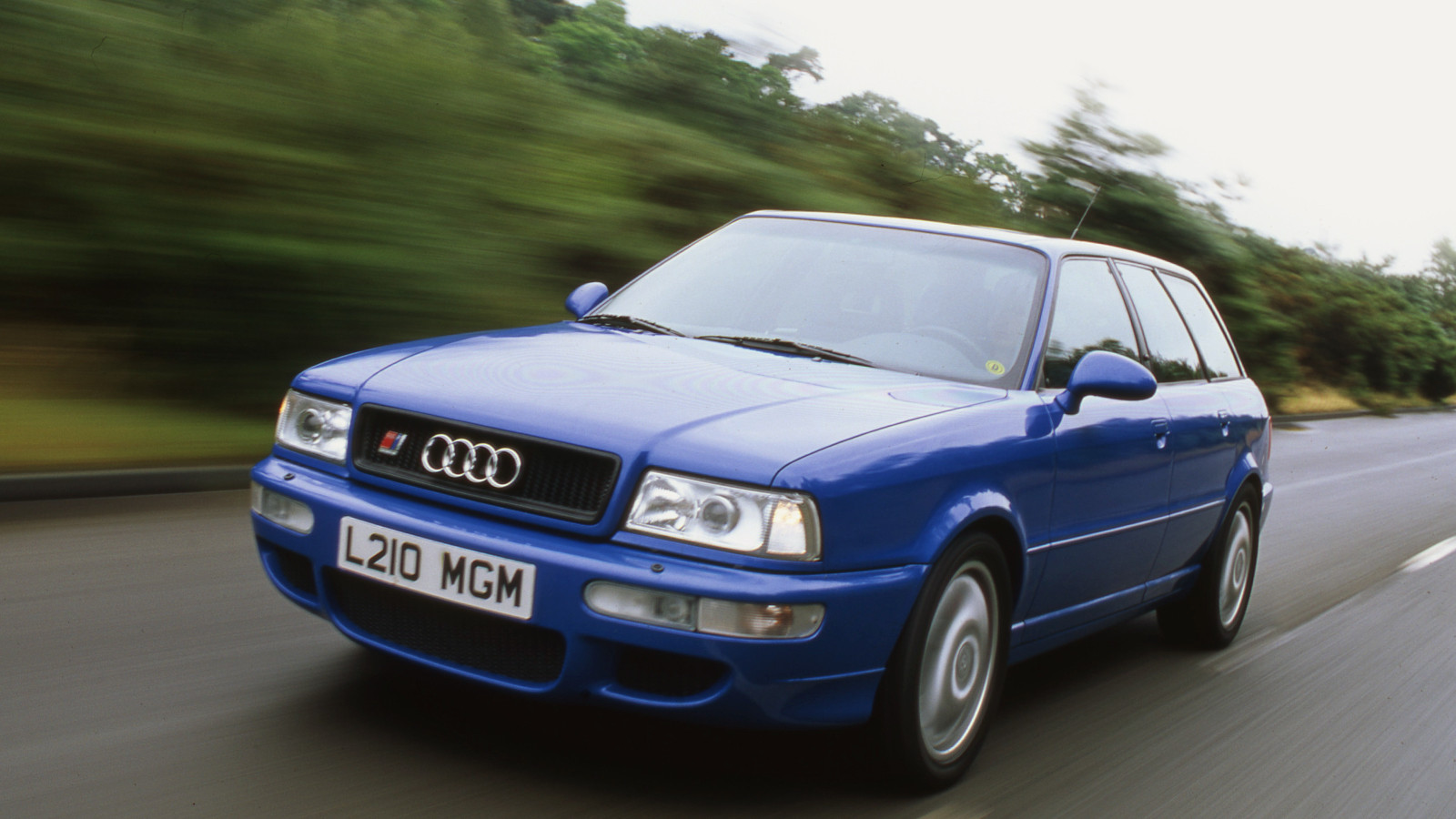-
 © Olgun Kordal/Classic & Sports Car
© Olgun Kordal/Classic & Sports Car -
 © John Bradshaw/Classic & Sports Car
© John Bradshaw/Classic & Sports Car -
 © Bonhams
© Bonhams -
 © Classic & Sports Car
© Classic & Sports Car -
 © Classic & Sports Car
© Classic & Sports Car -
 © Haymarket Automotive
© Haymarket Automotive -
 © Will Williams/Classic & Sports Car
© Will Williams/Classic & Sports Car -
 © Saab
© Saab -
 © Jaguar
© Jaguar -
 © Classic & Sports Car
© Classic & Sports Car -
 © Tony Baker/Classic & Sports Car
© Tony Baker/Classic & Sports Car -
 © Classic & Sports Car
© Classic & Sports Car -
 © Will Williams/Classic & Sports Car
© Will Williams/Classic & Sports Car -
 © Classic & Sports Car
© Classic & Sports Car -
 © Classic & Sports Car
© Classic & Sports Car -
 © Classic & Sports Car
© Classic & Sports Car -
 © General Motors
© General Motors -
 © James Mann/Classic & Sports Car
© James Mann/Classic & Sports Car -
 © Haymarket Automotive
© Haymarket Automotive -
 © Tony Baker/Classic & Sports Car
© Tony Baker/Classic & Sports Car
-
Never to be seen again
Whether they were great ideas that shone brightly for a short time or a flash in the pan that sunk without trace, here we take stock of the cars that were offered once but never replaced.
Let’s enjoy these classic one-hit wonders in chronological order.
-
1. Austin A90 Atlantic (1948)
The name said it all about this car which it was hoped would bring in much-needed US sales to the British firm, but the A90 Atlantic was roundly ignored in its intended sales patch.
Launched as a convertible first, the Atlantic borrowed heavily from contemporary American styling trends, but it was too small and underpowered for US buyers. However, it did set some endurance records at Indianapolis, and its average of 70mph over 24 hours still stands to this day.
A four-seat coupé came a year after the convertible, with a total of 7981 of both types built. The Atlantic was not followed by a replacement, but its 2660cc engine found a more able home in the Austin-Healey 100.
-
3. BMW 507 (1956)
BMW’s retort to the Mercedes-Benz 300SL was the 507 Roadster. Every bit as exclusive, the BMW should have been followed by a long line of descendants just like the SL.
However, it remained a one-off, because BMW had to concentrate on survival with volume sellers such as the Isetta and 700.
Styled by Albrecht von Goertz, the 507 had an aluminium body and 150bhp 3.2-litre V8 engine, so it was good for 124mph. Despite this, only 252 were sold and BMW didn’t replace it, though the Z8 of 1999 was a tribute to the 507 in its styling and V8 power.
-
4. Lotus Elite (1958)
The Elite was everything Colin Chapman wanted in a sports car. It was light, innovative and handled superbly.
There was also good performance from the modestly sized Coventry Climax engine that made 71bhp thanks to the Elite’s slippery shape. Motorsport success helped the firm’s image, but the Elite was not a moneymaker for the company and only 998 were sold.
The downfall for the Elite was the complexity of its all-glassfibre monocoque construction. It was time-consuming and pricey to build, which led Chapman to the far simpler design of the Elan that was a runaway success.
However, the Elite name did resurface in 1974 with the wedge-styled four-seat coupé.
-
5. Hillman Imp (1963)
The Hillman Imp was the first car to seriously rival BMC’s Mini.
It all looked so promising for the Imp, too, with its all-round independent suspension, rear-mounted aluminium engine that saved space in the cabin, and even an opening glass rear hatch for practicality.
It was great to drive and several other versions were added, including a coupé and a van.
With all this in its favour, the Imp was still banished to being a single-run model because Hillman and its Rootes parent were absorbed into the Chrysler company. Initial quality problems didn’t help the Imp, but it was a well-sorted car by the time it went off-sale in 1976.
-
6. Gordon-Keeble (1964)
The Gordon-Keeble was not the first car to marry muscly US V8 power with a sleek European look, but it was certainly one of the best.
Its Corvette engine guaranteed strong performance thanks to 300bhp, while the glassfibre body meant it wasn’t too hefty despite offering a luxury cabin and four seats.
Only 99 Gordon-Keebles were ever made. The company was scuppered by charging too little for the car, which saw it fold after an initial rescue was made. The good news is a large proportion still survive.
-
7. Honda S800 (1966)
It speaks volumes about Honda’s engineering-led approach that its S800 was such a good sports car.
Its revvy 791cc four-cylinder engine made the most of the company’s motorcycle background to make 70bhp at a heady 8000rpm. The S800 also handled well and achieved sales of 11,500 in coupé and roadster forms.
By the start of the 1970s, Honda was concentrating on more mainstream, high-volume cars and it took another 30 years before the Japanese firm introduced another S model with the S2000.
Brilliant as this newer car was, the tiny dimensions and engine size of the S800 were not repeated.
-
8. Saab Sonett (1967)
Saab’s one and only attempt at a sports coupé was the Sonett of 1967.
Very early versions used the two-stroke engine from the 96 Monte-Carlo, but Saab quickly moved over to the 1.5-litre V4 that it sourced from Ford. This later grew to 1.7 litres, and the Sonett was rated for its handling.
Total sales of 10,219 Sonetts in all forms, including the Sonett III with its pop-up headlights, were decent. However, the Swedish firm didn’t repeat its sports-car experiment and moved on to the 99 Turbo to provide its customers with sporting kicks.
-
9. Daimler DS420 (1968)
The Daimler DS420 was an off-the-shelf limousine that found favour with local councils, and the wedding and funeral trade.
It was also supplied to more reigning monarchs than any other limo, helped by the model’s long lifespan from 1968 to 1992. By the end of its production, more than 5000 DS420s had been built.
It was based on the stretched floorpan of the 420G, with Motor Panels in Coventry building it with an added 21 inches to create the large rear passenger compartment. Things were less accommodating for the driver, who had to make do with only three inches of reach adjustment in the steering wheel and a fixed seat.
-
10. Peugeot 504 Coupé/Cabriolet (1968)
From the humble beginnings of the Peugeot 504 saloon sprang the sleek Cabriolet and then Coupé models.
Marrying rugged four-cylinder engines, with a V6 from 1975, to stylish Pininfarina bodywork resulted in a very desirable pair of cars that handled well. Even in period, the 504 Coupé and Cabriolet were considered classics.
This makes it all the more unfathomable that Peugeot didn’t follow up the 504 pair with replacements. They were even bought in decent numbers, with a combined total of more than 30,000 of both body styles sold.
-
11. Lancia Stratos (1973)
The Lancia Stratos has made a far greater impression than its mere 500-car production run, which homologated the model for rallying.
Much of its impact is down to the Bertone styling, while under the rear canopy lies a Ferrari V6 from the Dino. It made for a stunning, if edgy-handling, rally weapon.
Success on the stage did not translate into road-car sales and the Stratos proved difficult to move on from showrooms. Production ended in 1975, but the Stratos continued as a front-line works rally machine until Lancia swapped to the 037 in 1980, which was a very different beast to the Stratos.
-
12. MGB GT V8 (1973)
In some respects, the MGB GT V8 was a successor to the MGC, offering a larger engine in the handsome fastback body.
Ken Costello had also got there first with a Rover V8-powered BGT, but the factory machine sold in far greater numbers, notching up 2591 sales.
However, the V8 suffered from not offering a roadster and being launched into a fuel crisis. Rover introduced the RV8 drop-top in 1993 to test the waters for relaunching the MG name and it paved the way for the MGF, but there was no follow-up to the BGT V8.
-
13. Triumph Dolomite Sprint (1973)
The Dolomite Sprint gave Triumph a brilliant contender to the likes of the Ford Escort RS 2000 and BMW 3 Series.
Its clever 16-valve cylinder head helped it produce a feisty 127bhp, which was enough for 0-60mph in 8.7 secs and a 115mph top speed. It also proved to be British Leyland’s most successful competition car in the 1970s.
Where Ford, BMW and others went on to enjoy plenty of success with their sports saloons, Triumph faltered under BL and not even the Sprint could stop this decline.
The cost of developing the cylinder head didn’t help, though it was used in a small number of TR7 Sprint prototypes that showed a lot of promise but no sales.
-
14. Rolls-Royce Camargue (1975)
The Camargue was a bold experiment by Rolls-Royce to bring its two-door models more up to date in styling from the soft curves of the decade-old Shadow.
It included a front grille angled forwards by seven degrees, which was not met with universal approval. Nor was the square-set styling, while the launch price of £29,250 made it the UK’s most expensive car in 1975.
Rolls-Royce might only have sold 531 Camargues, including one Bentley-badged version, but it lasted in the price lists for until 1985. With no successor to the Camargue, the only option for two-door customers was the Corniche convertible.
-
15. Matra Rancho (1977)
The Matra Rancho rightly predicted the huge boom in pseudo-off-road car sales a whole three decades early.
This meant the Rancho sold well, but it was also condemned to being a one-off model as the firm moved on to producing the Renault Espace, another groundbreaking design.
Matra used the humble Simca 1100 van as the base for the Rancho and grafted on a large glassfibre rear body section.
It created a car with a huge, versatile cabin, but weedy performance from the 1.4-litre motor made it more King’s Road than king of the road.
-
16. BMW M1 (1979)
The first car to wear the prestigious ‘M’ badge, the M1 really was the product of BMW’s Motorsport Division.
Originally conceived for Group 5 racing, it missed the chance due to its late delivery, so BMW created the Procar series instead to support Formula One races for two seasons.
The 277bhp 3.5-litre straight-six engine was mid-mounted and gave the M1 impressive pace. This didn’t improve its appeal to road car customers much and only 456 were made in total.
Scolded by this, BMW didn’t return to a mid-engined road car layout again until its four-seat i8 hybrid in 2014.
-
17. Pontiac Fiero (1984)
With 355,000 sales to its name between 1984 and 1988, the Pontiac Fiero seemed like a success. After all, here was Pontiac’s first two-seater since 1926 and the US’s first production mid-engined car.
Even if it wasn’t that quick and didn’t handle as well as its European rivals, the concept seemed deserving of a second chance, but it wasn’t to be and the Fiero was never replaced.
Early problems with reliability and engine fires dented the Fiero’s reputation with US buyers and the car was not marketed outside North America. These factors combined to ensure the Fiero was a one-time project, even if the later V6-powered models were much better.
-
18. VW Corrado (1988)
Volkswagen deliberately chose the Corrado name, rather than continue the Scirocco line, because it wanted its new coupé to be viewed as a much more serious sports car.
One drive in the Corrado confirmed this to be true. It handled superbly and performance was good in the supercharged G60 model (pictured). The later VR6 improved this further in 1992 thanks to its 190bhp.
Then, in 1993, VW ended the Corrado’s life and no successor was introduced. It still ranks as one of the best front-drive sports cars ever made.
-
19. Audi RS2 (1994)
Audi might make a lot of the original quattro’s pedigree, but the firm’s current fast cars owe a great deal more to the RS2 of 1994.
It parcelled together the quattro’s four-wheel drive and five-cylinder engine with the compact Avant estate body of the 80 range. Porsche helped develop the 2.2-litre turbo engine to produce 315bhp and it was good for 0-60mph in 4.8 secs and 158mph.
There has been no shortage of fast Audi estates since the RS2 ended production in 1995, with just 2891 made. However, none has mixed subtle looks with such exotic engineering in the way the RS2 did.
-
20. Ford Puma (1997)
Ford didn’t really need the posthumous help of Steve McQueen to sell its handsome small coupé.
The Puma impressed with its performance, helped by the Yamaha-developed 1.7-litre engine with variable valve timing. A 1.4-litre motor and a later 1.6 added to the range, but the 1.7 was always the one to have.
Underneath the Puma’s good looks was the humble Fiesta’s floorpan, but it was a handling gem.
Ford went even further with the Racing Puma (pictured) that had a wider track and 153bhp engine for the 500 produced.
There was no second-generation Puma, the name instead passing to the company’s current small SUV.
